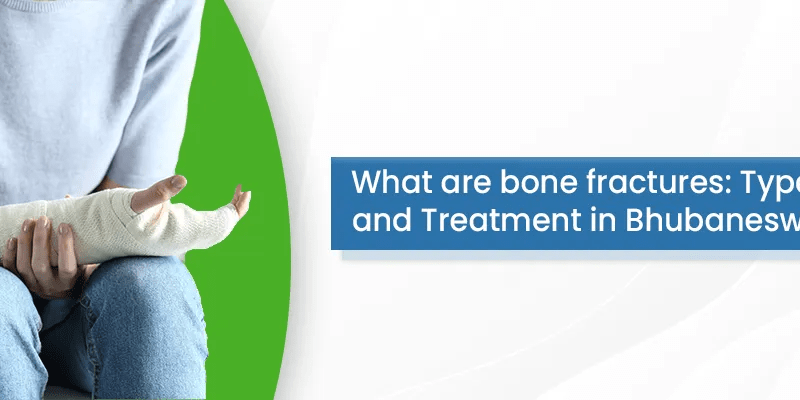A broken bone, known as a bone fracture, is a common injury. Since the human body has over 200 limbs, there are many types and forms of fractures. Hence, the fracture treatment and recovery will depend on which bone(s) broke and how.
Dr. Sandeep Singh is an orthopedic, knee and hip surgeon in Bhubaneshwar. As one of the leading orthopedic doctor in Bhubaneswar, Dr. Sandeep exceeds in providing the best fracture treatment in Bhubaneswar.
This blog gives information about types of fractures and fracture treatment.
The Different Types of Fractures
1. Open fracture
An open fracture is the one in which a fractured bone has broken through the skin. Occasionally, the bone can be seen through the injury. Open fractures may become contaminated and require immediate surgical cleaning and treatment.
2. Closed fracture
Closed fractures do not pierce the skin and do not pose the same infection risk as open fractures. Usually, orthopedists don’t consider closed fractures as emergencies, but they need to be treated right away.
Fracture blisters may develop due to the damage caused by these fractures to the surrounding soft tissue. If not treated, a fracture blister will develop within two days of the injury.
3. Displaced fracture
A broken bone causes a displaced fracture that has shifted so far out of position that the two ends are no longer aligned. This makes it more difficult to heal the injury with immobilization alone, necessitating surgery.
The Subcategories of Fractures
1. Open fracture
An open fracture is the one in which a fractured bone has broken through the skin. Occasionally, the bone can be seen through the injury. Open fractures may become contaminated and require immediate surgical cleaning and treatment.
2. Closed fracture
Closed fractures do not pierce the skin and do not pose the same infection risk as open fractures. Usually, orthopedists don’t consider closed fractures as emergencies, but they need to be treated right away.
Fracture blisters may develop due to the damage caused by these fractures to the surrounding soft tissue. If not treated, a fracture blister will develop within two days of the injury.
3. Displaced fracture
A broken bone causes a displaced fracture that has shifted so far out of position that the two ends are no longer aligned. This makes it more difficult to heal the injury with immobilization alone, necessitating surgery.

